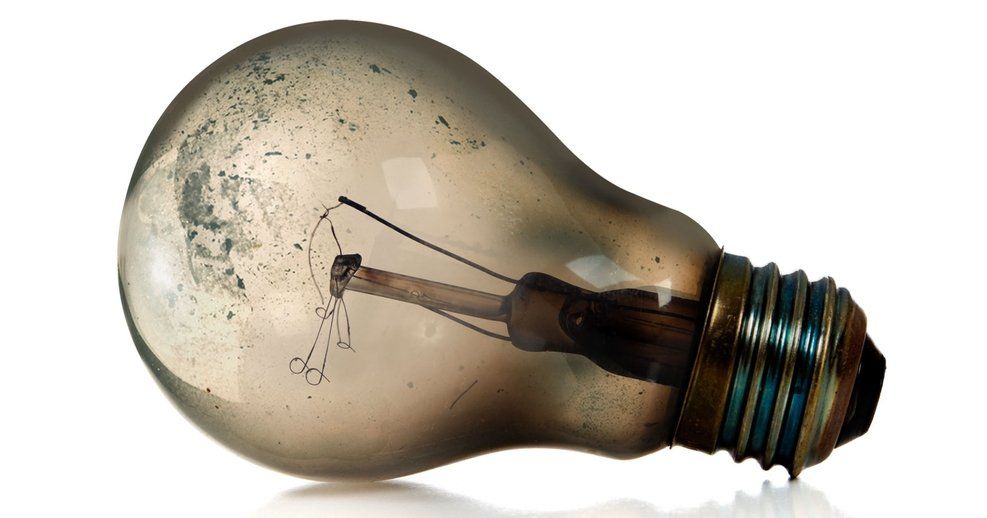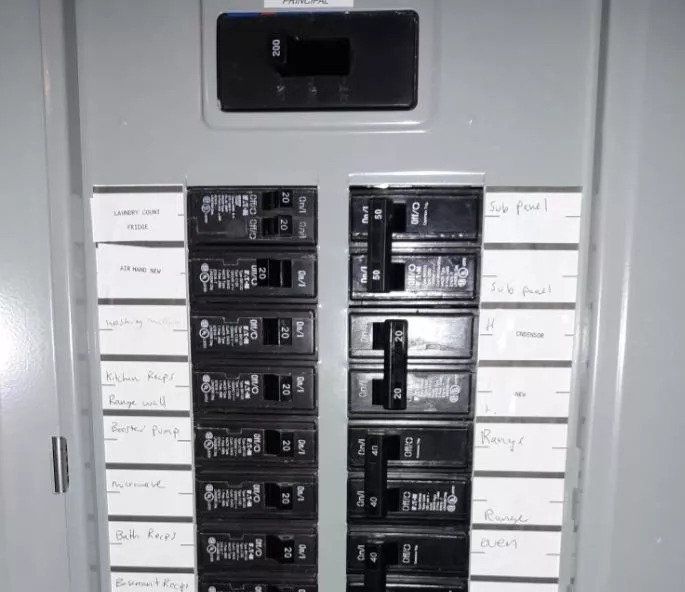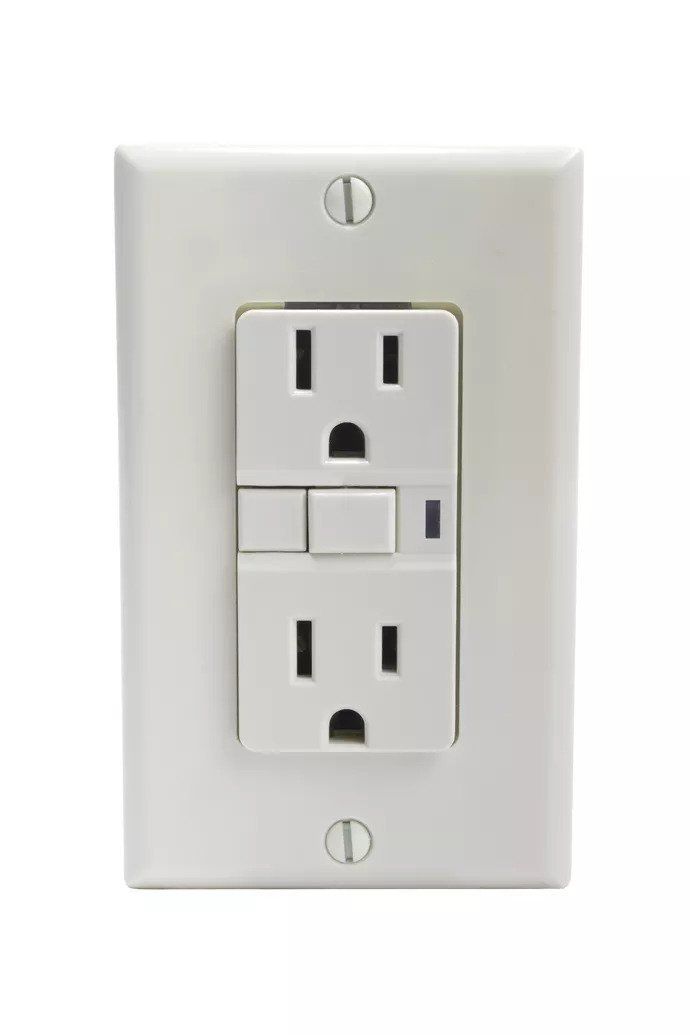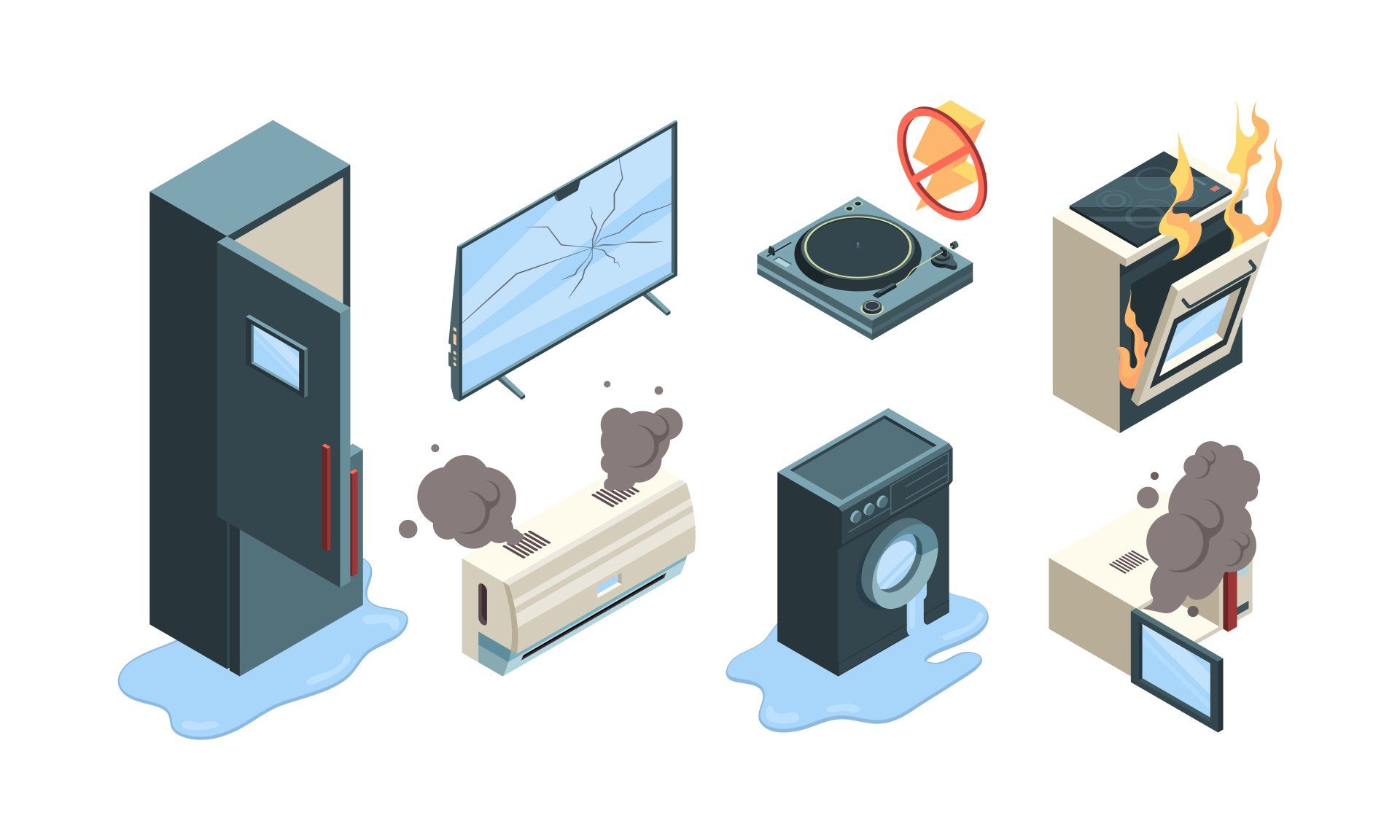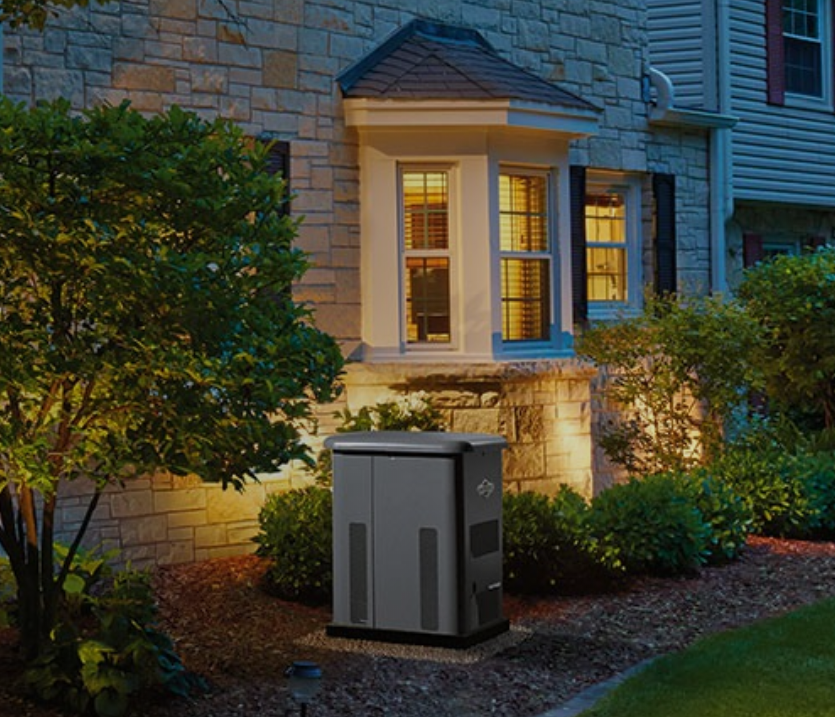How Much Does It Cost to Replace a Panel or Upgrade a Panel to 200 Amps?
Panel Upgrade or REplacement
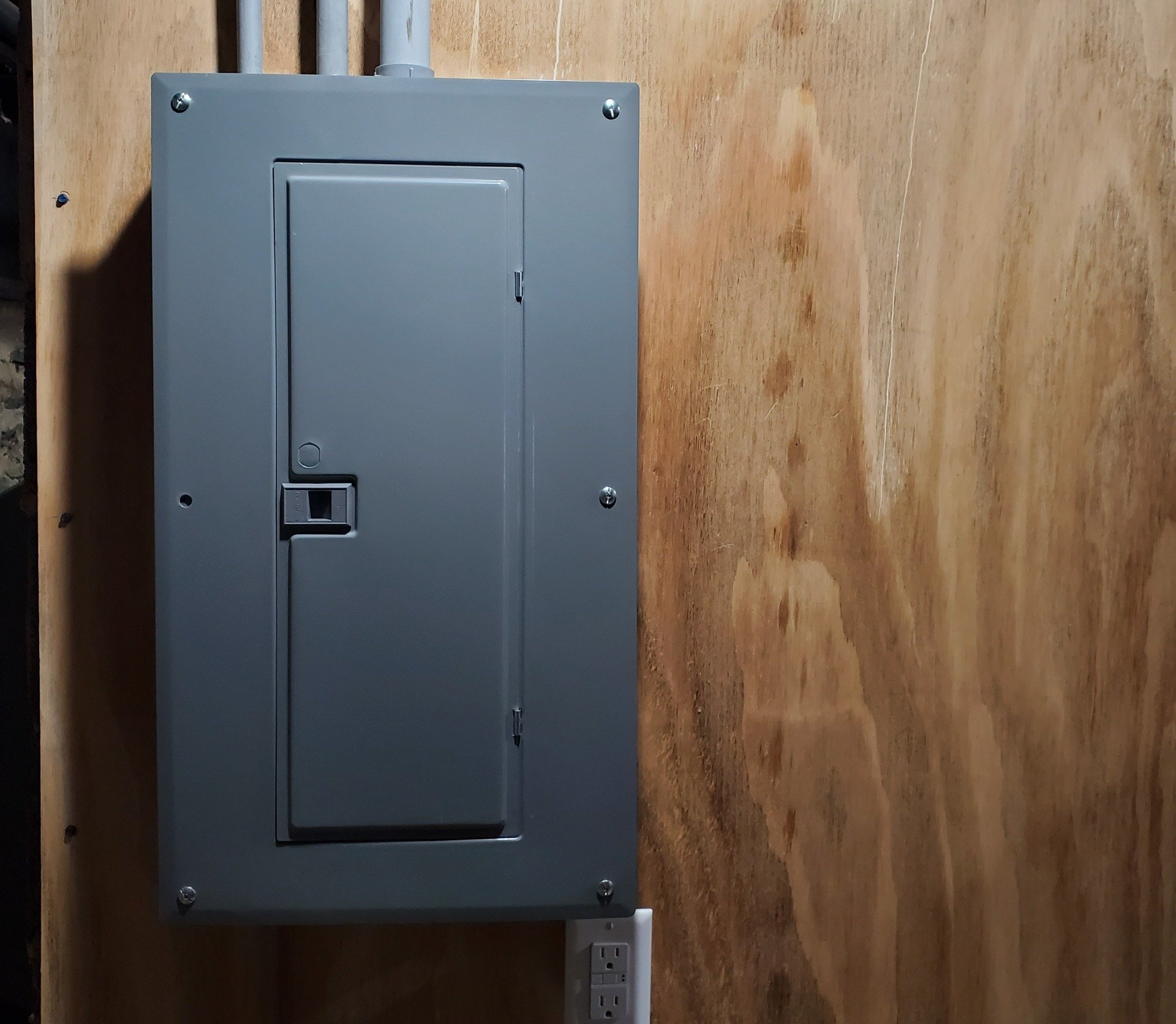
Upgrading a home’s electrical service to 200 amps is one of the most frequent requests we receive. There are several reasons that a homeowner should consider doing this.
1. The service conductors on the outside of the house are damaged
2. More power is needed
3. More space is needed in your current panel
4. The panel you have is dangerous
5. There has been water intrusion into the panel
6. You are going to sell your home
The Difference Between a Panel Replacement and a Service Upgrade
Different situations require different solutions. Sometimes, just replacing the breaker panel and circuit breakers is in order. But this is not upgrading your service. It is not possible to upgrade from 100 amps to 200 amps simply by replacing your breaker panel. To upgrade to 200 amps from a smaller service, you will need a new breaker panel, circuit breakers, meter socket, service conductors, grounding electrodes and bonding conductors.
Damaged Service Conductors
Many times, the gray cable that comes from the top of the house and enters the meter or the cable that exits the meter and enters the electrical panel can be damaged. This often happens when the electrical service has a lot of exposure to sunlight. The UV rays can cause the outer jacket of the cable to deteriorate and split. Once this happens, rainwater can travel through the inside of the cable into the meter socket and into the panel. This will cause the boxes to rust out from the inside and oxidation to appear on the buss bars. When this happens, entire service needs to be replaced.
More Power is Needed
Sometimes you need more power. You might be getting central air conditioning, a hot tub, a swimming pool, an addition or anything else that requires more power than you are currently consuming. This will require the whole service to be upgraded.
More Space is Needed
If all you need is more space in your panel because you can’t add any circuit breakers, then you might be able to just have the panel replaced without upgrading the entire service – as long as the rest of your service is in good condition.
Your Existing Panel is Dangerous
If you have a Federal Pacific or Zinsco breaker panel, you need a new panel! These circuit breakers are known to not trip during an overcurrent situation and cause fires. As long as the rest of your service is in good shape, you can just have the panel replaced. But don’t wait, do it as soon as possible!
Water Intrusion
Water usually enters your panel in one of two ways. One way is mentioned above – the service cable is damaged and water is running through the inside of the cable into your panel, in which case the entire service will need to be replaced. The second way is when the sealant used to seal the hole in the house that the service cable goes through has been compromised and the water travels on the outside of the cable into your panel. In this case, you could just have the panel replaced.
You’re Selling Your Home
Having a nice, new 200 amp panel seems to be a selling point for homes these days. It seems to be one of those things that buyers are looking for. But really, whether or not you are planning to sell soon, this is definitely a good investment to make.
How Much Does It Cost?
To replace an existing service with a new 200 amp service can cost anywhere from $4,200 to $5,000. To replace an existing panel with a new panel and circuit breakers can run from $1,900 to $2,600.
Why the range? There can be many variables such as logistics of doing the work, length of wire runs, type and number of circuit breakers required, etc. And if you want to get into the new high tech, wi-fi connected smart breakers, the price will be significantly higher.

